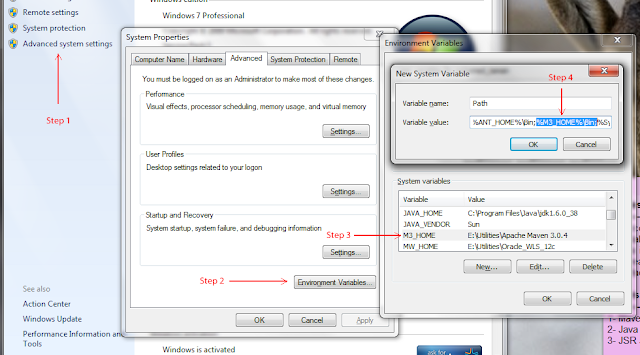The JDK 8 development schedule is divided into a sequence of milestone cycles, most six to eight weeks in length, with builds occurring roughly once each week.
There will be no formal beta or early-access releases. Major features and other potentially-destabilizing changes will be targeted for integration early in a specific milestone.
Here is the milestone schedule, with the features targeted to each cycle:
JDK 8 Milestones & Road Map.
There will be no formal beta or early-access releases. Major features and other potentially-destabilizing changes will be targeted for integration early in a specific milestone.
Here is the milestone schedule, with the features targeted to each cycle:
JDK 8 Milestones & Road Map.










